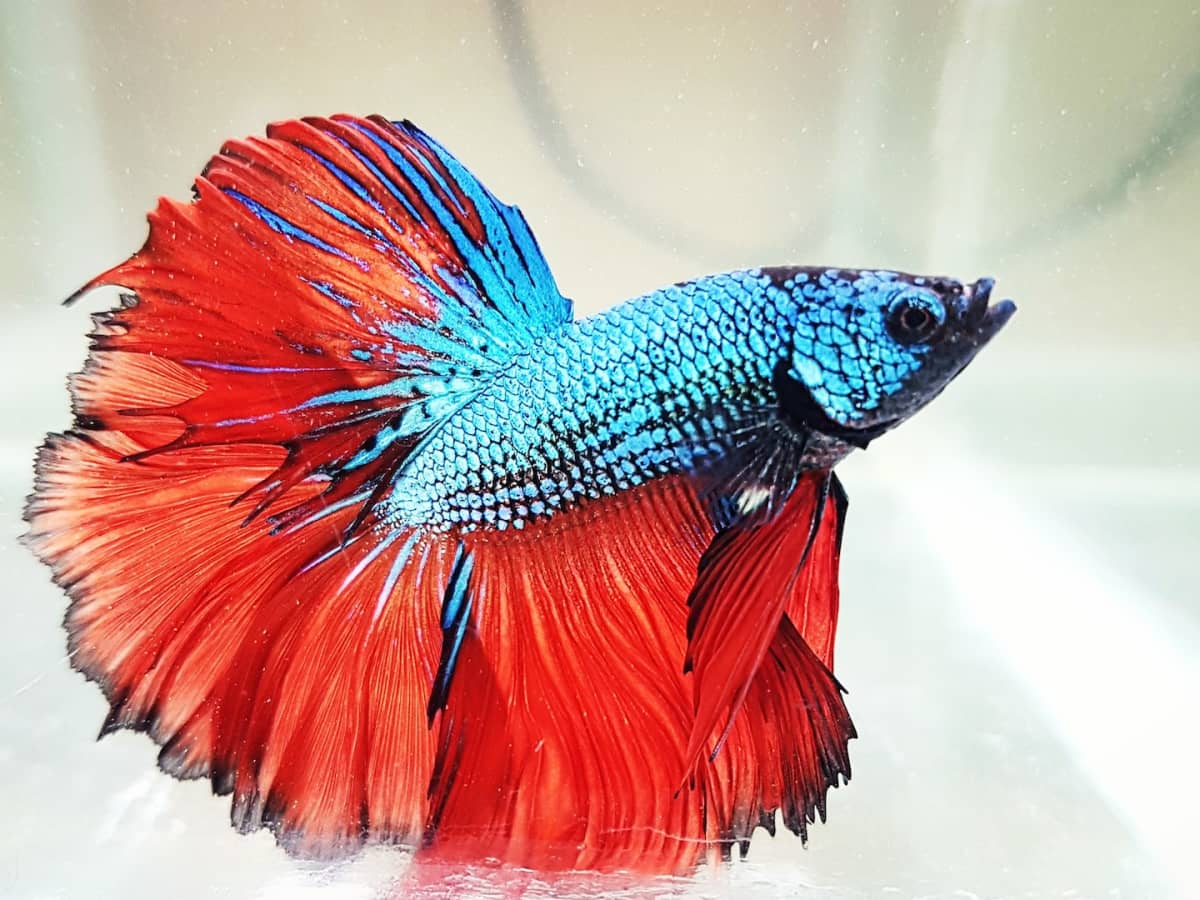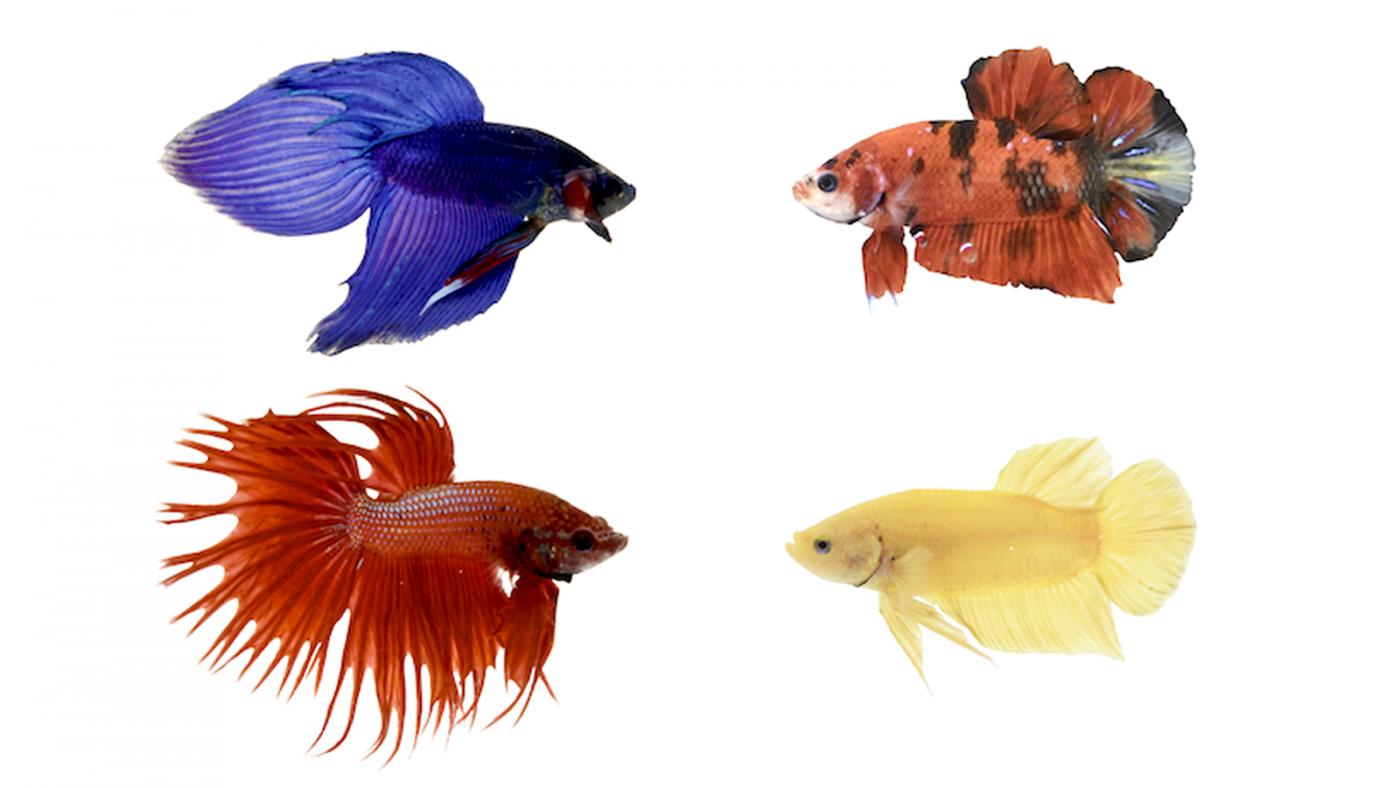Common Betta Fish Conditions and How to stop Them
Common Betta Fish Conditions and How to stop Them
Blog Article
Breeding Betta Fish: a Comprehensive Step-By-Step Overview to Efficiently Raising Child Bettas From Eggs to Their Adult Years
Breeding Betta fish is a meticulous venture that calls for cautious planning and execution to make sure the successful advancement of fry from eggs to mature fish. Picking genetically varied reproduction pairs with preferable characteristics is only the start; developing an ideal setting and comprehending the complexities of the breeding procedure are similarly critical. As the male Betta faithfully constructs a bubble nest and guards the valuable eggs, the subsequent stages of treatment and transition demand focus to information and understanding of finest practices. Just how does one browse the challenging yet fulfilling path of supporting these vibrant creatures to their adult years?

Choosing Reproduction Pairs
When getting started on the journey of breeding Betta fish, picking the right breeding pairs is crucial to attaining preferable qualities and a healthy and balanced family tree - betta fish. The first step in this procedure is to recognize the specific attributes you want to improve or protect, such as shade, fin kind, and physique. It is important to select genetically diverse sets to prevent inbreeding, which can lead to health issues and unfavorable attributes
Assess possible reproducing candidates meticulously. A healthy and balanced male Betta should display vibrant shades, an active attitude, and well-formed fins, while the woman should also present vivid pigmentation and a rounded stubborn belly, indicating preparedness for spawning. Observing the temperament of both fish is essential, as aggressive or excessively shy people might not breed efficiently.
Documents of family tree is just as vital. Maintaining documents of the moms and dad fish's origins can assist you track genetic characteristics and potential issues. Additionally, seek advice from reliable dog breeders or on the internet resources for guidance on picking suitable sets. Ultimately, spending time in the option procedure will considerably boost the chance of generating solid, lively offspring that meet your reproduction goals (betta fish).

Preparing the Reproduction Storage Tank
Developing an optimum reproduction atmosphere is a key step after choosing ideal sets for Betta fish. The breeding tank should be specifically designed to supply comfort and promote the natural reproduction actions of the fish. Begin with a container size of at the very least 10 gallons to ensure appropriate space for both the man and female Bettas.
Preserve a mild filtering system to maintain the water clean while preventing strong currents that can emphasize the fish. In addition, an air stone can be included to supply oxygenation without interrupting the water surface area excessive.
Temperature level guideline is important; go for a stable variety of 78-82 ° F(25-28 ° C) making use of a trustworthy heating system. The pH level must be maintained between 6.5 and 7.5, and regular water adjustments are essential to make sure high water high quality.
Integrate floating plants or spawning sponges to produce concealing places for the lady, while likewise motivating bubble nest building by the male - betta fish. Ultimately, ensure the container is without sharp decors and any kind of possible threats, as the welfare of the fish should always be focused on throughout this crucial phase of reproduction.
The Reproduction Refine
Commonly, the breeding process for Betta fish includes a collection of distinct and visible actions that show preparedness for recreation. The male Betta starts by constructing a hop over to here bubble nest at the water's visit surface area, which works as a website for the fed eggs. This nest is critical, as it provides a risk-free atmosphere for the eggs until they hatch.
When the nest is developed, the man will display courtship habits, such as flaring his fins and exhibiting dynamic colors to attract the woman. The female, upon picking up the man's preparedness, will certainly respond by presenting upright red stripes along her body, indicating her receptiveness.
The fed eggs then fall to the bubble nest, where the male thoroughly accumulates and returns them to the nest. Following this, the male assumes responsibility for protecting the nest and ensuring the safety of the eggs until they hatch, generally within 24-36 hours.
Taking Care Of Betta Fry
Caring for Betta fry requires careful focus to their setting and nourishment to guarantee healthy development and growth. After hatching out, Betta fry are very small and vulnerable, requiring a stable and clean environment.
Feeding Betta fry is equally essential. At first, they must be provided infusoria or finely smashed high-grade fry food, as their mouths are too small to handle bigger fragments. As they grow, you can slowly introduce larger foods, such as child salt water shrimp or powdered flakes, to guarantee they get sufficient nutrition. Feed them little quantities numerous times a day, being cautious not to overfeed, which can bring about water high quality issues.
Transitioning to Grownup Bettas
As Betta fry mature, transitioning them to grown-up Bettas is a vital phase that requires careful management of their environment and social interactions. This procedure usually begins when the fry get to around six navigate to this website weeks of age, whereupon they can be slowly presented to a much more organized living setting.
To promote this shift, it is vital to ensure that the water specifications-- such as temperature level, pH, and ammonia levels-- are ideal and secure. Adult Betta fish grow in warm water (around 78-80 ° F) with a pH of 6.5 to 7.5. Slowly accommodate the fry to these conditions to minimize anxiety.
Social communications are one more vital factor; man Bettas are notoriously territorial and aggressive. Consequently, it is suggested to separate men into individual tanks as they develop. Female Bettas can be housed together, however treatment must be taken to monitor for signs of hostility.
Additionally, nutritional changes ought to be made as the fry expand. Include premium pellets and live foods to sustain their development and health. By handling these variables successfully, you can advertise an effective transition to adulthood for your Betta fish.

Final Thought
Effective breeding of Betta fish requires careful interest to detail throughout the entire process, from selecting genetically diverse sets to supplying optimum treatment for fry. In addition, a well balanced diet plan and steady adjustment to adult atmospheres are vital for the development and growth of Betta fish.
Report this page